detail profile john torres
Peran Yang Di Mainkan John Torres
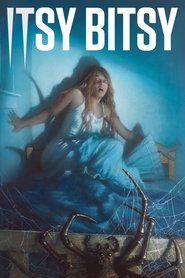 A family moves into a secluded...
A family moves into a secluded...Itsy Bitsy 2019
A family moves into a secluded mansion where they soon find themselves being targeted by an entity taking the form of a giant spider.
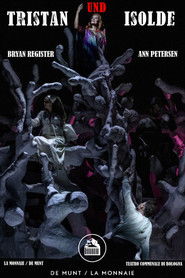 Tristan King Markes most loyal vassal...
Tristan King Markes most loyal vassal...Tristan und Isolde 2019
Tristan, King Marke’s most loyal vassal, takes the Irish princess Isolde to Cornwall to be married off to his master. During the journey, Isolde uses a deadly poison in an attempt to extinguish the intense but unspoken love between her and Tristan that had arisen beforehand. Isolde’s confidante Brangäne, however, replaces the poison with a love potion. From that moment, Tristan and Isolde become inseparably linked. Their secret love is soon betrayed to King Marke by the jealous Melot, who also fatally wounds Tristan. He is brought to his island, longing for one final meeting with Isolde before he dies. When she eventually comes, he himself pulls open his wound and collapses in her arms. Isolde follows him, dying in the most sublime ecstasy.
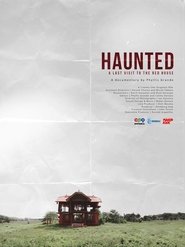 During the World War 2 Japanese soldiers...
During the World War 2 Japanese soldiers...Haunted: A Last Visit to the Red House 2017
During the World War 2, Japanese soldiers raid houses in the Philippines. Thousands of men were shot and killed while women were brought to the Bahay na Pula and raped. The Bahay na Pula is being demolished. From the 1000+ comfort women, only a few remain alive, or fighting to be alive.
 Sarah is a debt collector who...
Sarah is a debt collector who...Refrains Happen Like Revolutions in a Song 2010
Sarah is a debt collector who lives among the inhabitants of the village of Guimbal on the island of Panay. She wants to find the young man who appeared to her in a dream and goes to the island of Negros. Here, as she interacts with the inhabitants, Sarah continues her search, gathering memories of life and war, dreams, myths, legends, songs and stories that she takes part in and at times revolve around her. She is the daughter of an ancient mermaid, a revolutionary, a primordial element, a virgin who was kidnapped and hidden away from the sunlight. “The film is a retelling of fragments of the American occupation. Dialogue, shot in the Hiligaynon language, is not translated but used as a tonal guide and a tool for narration. Using unscripted scenes shot where the main character was asked to merely interact with the villagers, I discard dialogue and draw meaning from peoples’ faces, voices, and actions, weaving an entirely different story through the use of subtitles and inter-titles.”
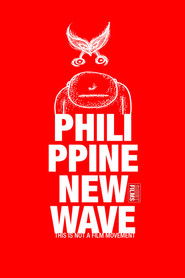 Documentary profiling the directors involved in...
Documentary profiling the directors involved in...Philippine New Wave: This Is Not a Film Movement 2010
Documentary profiling the directors involved in the loose Philippine New Wave filmmaking movement.
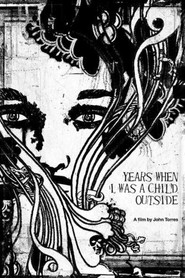 Filmmaker John Torres describes his childhood...
Filmmaker John Torres describes his childhood...Taon Noong Ako'y Anak sa Labas 2008
Filmmaker John Torres describes his childhood and discusses his father's infidelities.
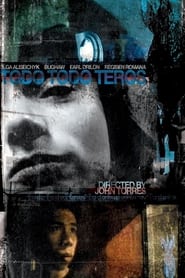 Basically an artist is also a...
Basically an artist is also a...Todo Todo Teros 2006
Basically an artist is also a terrorist, the protagonist thinks in an unguarded moment. And if he is a terrorist after all, then he might just as well be one. Not an instant product, but an experimental feature in which diary material is brought together to form an intriguing puzzle.

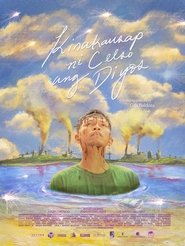 After discovering a hidden clause in...
After discovering a hidden clause in...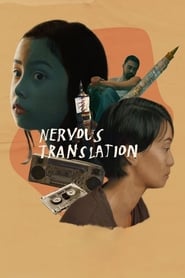 Eight yearold Yael shy to a...
Eight yearold Yael shy to a...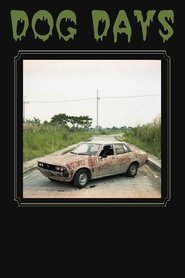 A halfblack halfFilipino Michael Jordan wannabe...
A halfblack halfFilipino Michael Jordan wannabe... After a popular teen falls to...
After a popular teen falls to...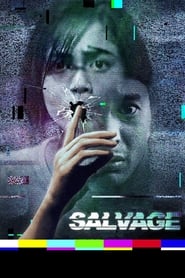 A news team investigating rumors of...
A news team investigating rumors of... Tuding sets out on a journey...
Tuding sets out on a journey...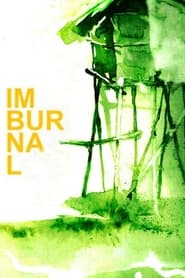 An examination of poverty and violence...
An examination of poverty and violence...